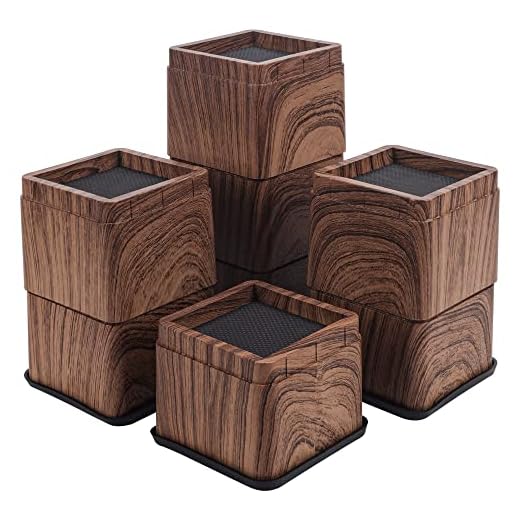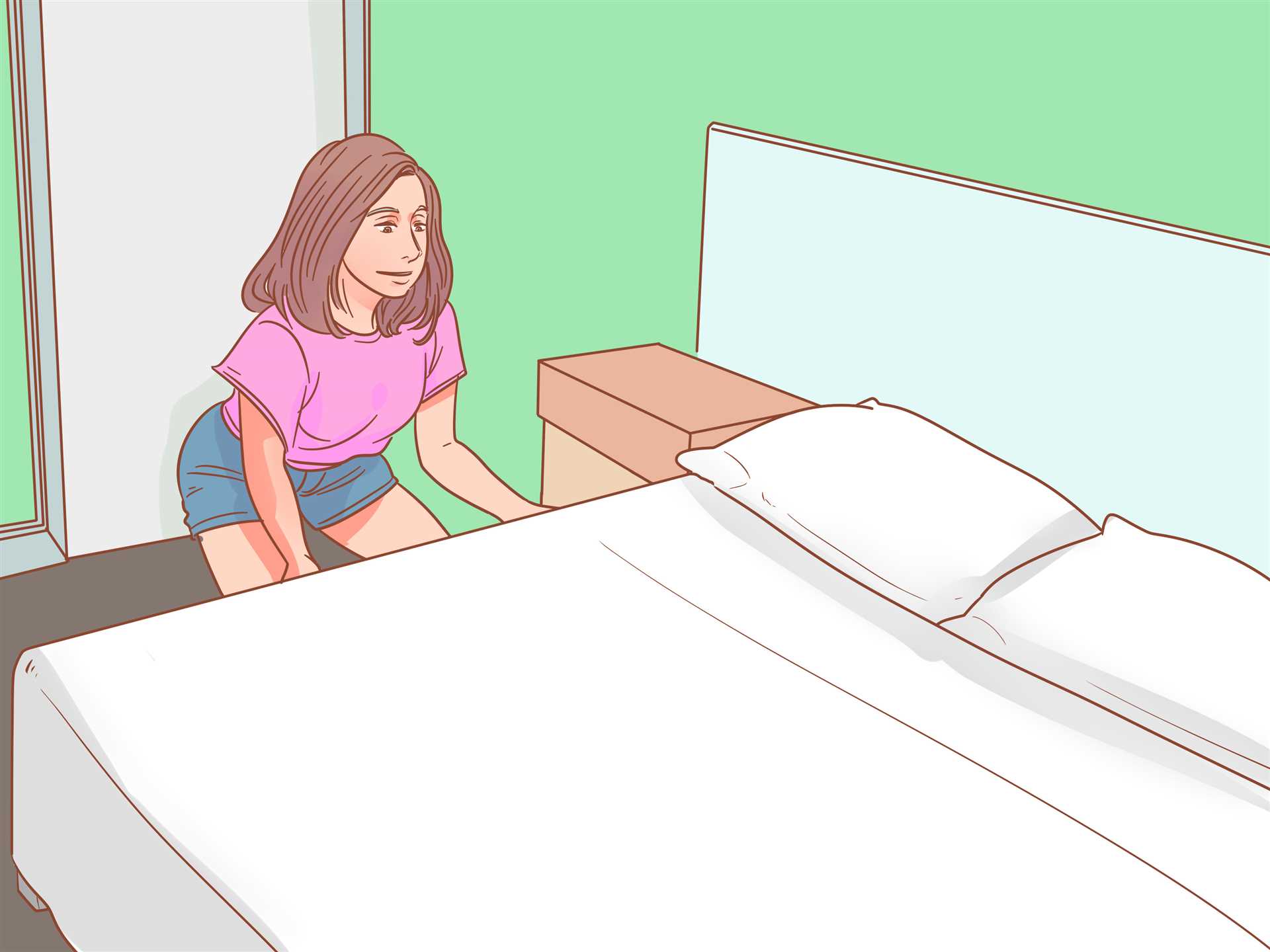



Using a sturdy barrier is an immediate solution. Furniture or boxes placed strategically can block access to that enticing space. Consider employing furniture with legs that are too high for me to squeeze through. This simple step can make a significant difference.
Incorporate scents that are unappealing to me. Citrus fragrances or specific essential oils can act as a natural repellent. Spraying diluted solutions in the vicinity can deter my curiosity. Always ensure these substances are safe for my health.
Engagement is key. Providing alternative cozy spots, like comfortable beds or warm blankets in various areas of the home, redirects attention. I appreciate a nice nook that feels safe and inviting, which can reduce the appeal of tight spaces.
Regular playtime can also keep me occupied and less inclined to explore hidden corners. Interactive toys or laser pointers make for great distractions, ensuring I stay active and entertained, steering clear of those shadowy retreats.
Finally, a little patience goes a long way. Gradually introducing these changes allows me to adjust without feeling confined. Over time, I’ll learn that there are better places to lounge than the dark corners beneath furniture.
Creating a Barrier: Physical Solutions to Block Access
Utilizing furniture to create an impassable obstacle is a simple yet effective method. Positioning a dresser or a sturdy bookshelf against the wall can effectively seal off entry points. Ensure that any gaps are filled, as even small openings can allow sneaky exploration.
Consider using plywood or cardboard panels to cover the bottom of your sleeping area. Cut these materials to fit snugly, securing them with adhesive or tape. This acts as a physical deterrent while maintaining the aesthetic of your space.
For those who prefer a more decorative approach, stylish fabric screens can be hung from the bed frame. Choose a fabric that complements your room’s decor while serving the purpose of blocking access. This method combines functionality with visual appeal.
Another option is to invest in furniture risers. Elevating your bed can reduce the accessible area, making it less inviting for curious minds. Ensure the height is sufficient to deter any adventurous spirits.
Lastly, using weighted curtains or drapes at the foot of the bed can provide an additional layer of protection. When drawn, they can obstruct any attempts to slip beneath the structure, keeping the space secure.
Using Deterrents: Scents and Sounds to Repel Felines
To create a space that’s less appealing for my fellow furry friends, using specific scents can be highly effective. Citrus scents, like lemon or orange, are known to deter most of us. Placing citrus peels or using essential oils diluted with water in a spray bottle around our frequent hideouts can work wonders. Just remember, not all scents are safe, so avoid anything toxic!
Another technique involves sound. Ultrasonic devices, which emit high-frequency sounds, can be effective in discouraging unwanted visits. These sounds are usually inaudible to humans but can irritate sensitive feline ears. Ensure the device is placed near the areas you want to protect.
Combining these methods often yields better results. For instance, using citrus-scented sprays along with an ultrasonic device can make certain spots less attractive. Experiment with different combinations to see what works best in your environment.
Always observe your surroundings and adjust the placements or scents accordingly. Each of us has individual preferences, so what works for one may not work for another. Keep an eye out for what seems to be most effective in your case.
Engaging Alternatives: Providing Cozy Spaces for Felines Elsewhere
Designating snug areas can draw my attention away from those hidden spots. A soft cat bed placed near a warm window or a quiet corner can be inviting. Consider using a variety of textures, like fleece or wool, to make these spaces irresistible. I enjoy the feeling of a cozy nook where I can observe my surroundings while feeling secure.
Interactive Options
Playtime is essential. Creating stimulating environments with scratching posts, climbing trees, or interactive toys diverts focus from secluded areas. Toys that mimic prey movements or puzzle feeders keep my mind engaged and satisfied. I appreciate a good chase or hunt! Regular playtime strengthens our bond and helps us both stay active.
Comforting Hiding Spots

Providing alternative retreats can also be effective. A cozy blanket fort or a box lined with soft fabric gives a sense of security while steering me away from undesirable hiding places. I love curling up in a designated retreat, where I can feel safe but not isolated. These spots can be enhanced with familiar scents, making them even more appealing.
Offering these alternatives not only enriches my environment but also fosters a healthier relationship. For more insights into our behaviors, check out how long do cats live in the wild and why do cats eat cat litter.
Video:
Using a sturdy barrier is an immediate solution. Furniture or boxes placed strategically can block access to that enticing space. Consider employing furniture with legs that are too high for me to squeeze through. This simple step can make a significant difference.
Incorporate scents that are unappealing to me. Citrus fragrances or specific essential oils can act as a natural repellent. Spraying diluted solutions in the vicinity can deter my curiosity. Always ensure these substances are safe for my health.
Engagement is key. Providing alternative cozy spots, like comfortable beds or warm blankets in various areas of the home, redirects attention. I appreciate a nice nook that feels safe and inviting, which can reduce the appeal of tight spaces.
Regular playtime can also keep me occupied and less inclined to explore hidden corners. Interactive toys or laser pointers make for great distractions, ensuring I stay active and entertained, steering clear of those shadowy retreats.
Finally, a little patience goes a long way. Gradually introducing these changes allows me to adjust without feeling confined. Over time, I’ll learn that there are better places to lounge than the dark corners beneath furniture.
Creating a Barrier: Physical Solutions to Block Access
Utilizing furniture to create an impassable obstacle is a simple yet effective method. Positioning a dresser or a sturdy bookshelf against the wall can effectively seal off entry points. Ensure that any gaps are filled, as even small openings can allow sneaky exploration.
Consider using plywood or cardboard panels to cover the bottom of your sleeping area. Cut these materials to fit snugly, securing them with adhesive or tape. This acts as a physical deterrent while maintaining the aesthetic of your space.
For those who prefer a more decorative approach, stylish fabric screens can be hung from the bed frame. Choose a fabric that complements your room’s decor while serving the purpose of blocking access. This method combines functionality with visual appeal.
Another option is to invest in furniture risers. Elevating your bed can reduce the accessible area, making it less inviting for curious minds. Ensure the height is sufficient to deter any adventurous spirits.
Lastly, using weighted curtains or drapes at the foot of the bed can provide an additional layer of protection. When drawn, they can obstruct any attempts to slip beneath the structure, keeping the space secure.
Using Deterrents: Scents and Sounds to Repel Felines
To create a space that’s less appealing for my fellow furry friends, using specific scents can be highly effective. Citrus scents, like lemon or orange, are known to deter most of us. Placing citrus peels or using essential oils diluted with water in a spray bottle around our frequent hideouts can work wonders. Just remember, not all scents are safe, so avoid anything toxic!
Another technique involves sound. Ultrasonic devices, which emit high-frequency sounds, can be effective in discouraging unwanted visits. These sounds are usually inaudible to humans but can irritate sensitive feline ears. Ensure the device is placed near the areas you want to protect.
Combining these methods often yields better results. For instance, using citrus-scented sprays along with an ultrasonic device can make certain spots less attractive. Experiment with different combinations to see what works best in your environment.
Always observe your surroundings and adjust the placements or scents accordingly. Each of us has individual preferences, so what works for one may not work for another. Keep an eye out for what seems to be most effective in your case.
Engaging Alternatives: Providing Cozy Spaces for Felines Elsewhere
Designating snug areas can draw my attention away from those hidden spots. A soft cat bed placed near a warm window or a quiet corner can be inviting. Consider using a variety of textures, like fleece or wool, to make these spaces irresistible. I enjoy the feeling of a cozy nook where I can observe my surroundings while feeling secure.
Interactive Options
Playtime is essential. Creating stimulating environments with scratching posts, climbing trees, or interactive toys diverts focus from secluded areas. Toys that mimic prey movements or puzzle feeders keep my mind engaged and satisfied. I appreciate a good chase or hunt! Regular playtime strengthens our bond and helps us both stay active.
Comforting Hiding Spots

Providing alternative retreats can also be effective. A cozy blanket fort or a box lined with soft fabric gives a sense of security while steering me away from undesirable hiding places. I love curling up in a designated retreat, where I can feel safe but not isolated. These spots can be enhanced with familiar scents, making them even more appealing.
Offering these alternatives not only enriches my environment but also fosters a healthier relationship. For more insights into our behaviors, check out how long do cats live in the wild and why do cats eat cat litter.
Video:
Using a sturdy barrier is an immediate solution. Furniture or boxes placed strategically can block access to that enticing space. Consider employing furniture with legs that are too high for me to squeeze through. This simple step can make a significant difference.
Incorporate scents that are unappealing to me. Citrus fragrances or specific essential oils can act as a natural repellent. Spraying diluted solutions in the vicinity can deter my curiosity. Always ensure these substances are safe for my health.
Engagement is key. Providing alternative cozy spots, like comfortable beds or warm blankets in various areas of the home, redirects attention. I appreciate a nice nook that feels safe and inviting, which can reduce the appeal of tight spaces.
Regular playtime can also keep me occupied and less inclined to explore hidden corners. Interactive toys or laser pointers make for great distractions, ensuring I stay active and entertained, steering clear of those shadowy retreats.
Finally, a little patience goes a long way. Gradually introducing these changes allows me to adjust without feeling confined. Over time, I’ll learn that there are better places to lounge than the dark corners beneath furniture.
Creating a Barrier: Physical Solutions to Block Access
Utilizing furniture to create an impassable obstacle is a simple yet effective method. Positioning a dresser or a sturdy bookshelf against the wall can effectively seal off entry points. Ensure that any gaps are filled, as even small openings can allow sneaky exploration.
Consider using plywood or cardboard panels to cover the bottom of your sleeping area. Cut these materials to fit snugly, securing them with adhesive or tape. This acts as a physical deterrent while maintaining the aesthetic of your space.
For those who prefer a more decorative approach, stylish fabric screens can be hung from the bed frame. Choose a fabric that complements your room’s decor while serving the purpose of blocking access. This method combines functionality with visual appeal.
Another option is to invest in furniture risers. Elevating your bed can reduce the accessible area, making it less inviting for curious minds. Ensure the height is sufficient to deter any adventurous spirits.
Lastly, using weighted curtains or drapes at the foot of the bed can provide an additional layer of protection. When drawn, they can obstruct any attempts to slip beneath the structure, keeping the space secure.
Using Deterrents: Scents and Sounds to Repel Felines
To create a space that’s less appealing for my fellow furry friends, using specific scents can be highly effective. Citrus scents, like lemon or orange, are known to deter most of us. Placing citrus peels or using essential oils diluted with water in a spray bottle around our frequent hideouts can work wonders. Just remember, not all scents are safe, so avoid anything toxic!
Another technique involves sound. Ultrasonic devices, which emit high-frequency sounds, can be effective in discouraging unwanted visits. These sounds are usually inaudible to humans but can irritate sensitive feline ears. Ensure the device is placed near the areas you want to protect.
Combining these methods often yields better results. For instance, using citrus-scented sprays along with an ultrasonic device can make certain spots less attractive. Experiment with different combinations to see what works best in your environment.
Always observe your surroundings and adjust the placements or scents accordingly. Each of us has individual preferences, so what works for one may not work for another. Keep an eye out for what seems to be most effective in your case.
Engaging Alternatives: Providing Cozy Spaces for Felines Elsewhere
Designating snug areas can draw my attention away from those hidden spots. A soft cat bed placed near a warm window or a quiet corner can be inviting. Consider using a variety of textures, like fleece or wool, to make these spaces irresistible. I enjoy the feeling of a cozy nook where I can observe my surroundings while feeling secure.
Interactive Options
Playtime is essential. Creating stimulating environments with scratching posts, climbing trees, or interactive toys diverts focus from secluded areas. Toys that mimic prey movements or puzzle feeders keep my mind engaged and satisfied. I appreciate a good chase or hunt! Regular playtime strengthens our bond and helps us both stay active.
Comforting Hiding Spots

Providing alternative retreats can also be effective. A cozy blanket fort or a box lined with soft fabric gives a sense of security while steering me away from undesirable hiding places. I love curling up in a designated retreat, where I can feel safe but not isolated. These spots can be enhanced with familiar scents, making them even more appealing.
Offering these alternatives not only enriches my environment but also fosters a healthier relationship. For more insights into our behaviors, check out how long do cats live in the wild and why do cats eat cat litter.











